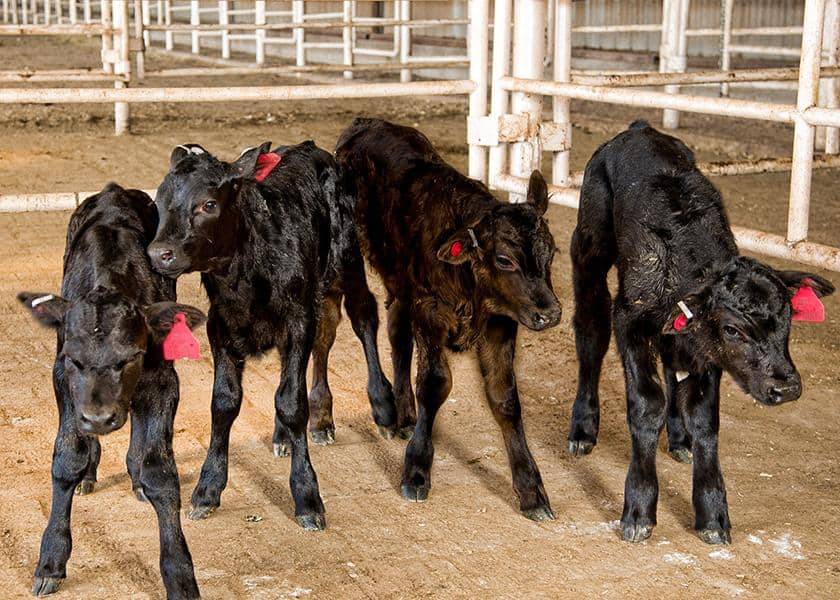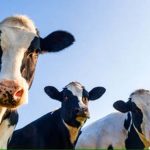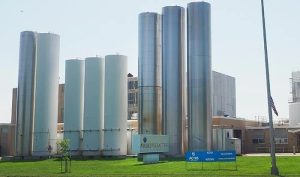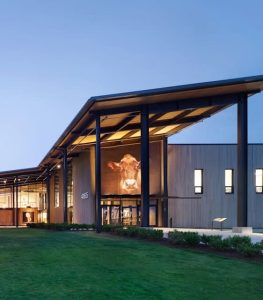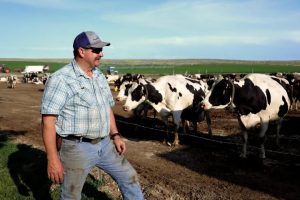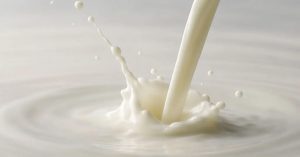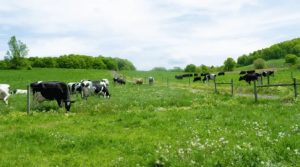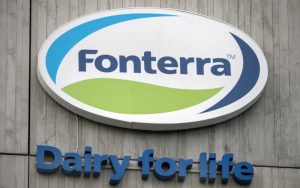
Dairy producers are experiencing low milk prices coupled with low heifer prices. This has brought a shift in focus to rightsizing replacement heifer inventories and finding new ways to generate income. For many producers, implementing beef-on-dairy has proved to be a profitable solution.
At the same time, the native beef herd is experiencing a record 60-year low due to drought and production costs and likely won’t return to normal until 2026, according to the USDA. This gives a tremendous opportunity for dairy producers to keep both feedlots and packers running at full capacity.
Recently, Purina Animal Nutrition brought together industry leaders from across the supply chain to lead a discussion about the way we care for and think about dairy-beef animals. The event was held at the Purina Animal Nutrition Center in Gray Summit, Mo., and was sponsored by industry partners including Elanco Animal Health, Kemin Industries and ABS Global.
“Over the last five years, we’ve witnessed an incredible amount of growth in the beef-on-dairy category,” says Troy Wistuba, vice president, feed and additive technicalIMG_2007.jpg innovation for Purina. “With any rapid growth, you will undoubtedly face challenges. To continue to maximize the value of these animals and ultimately meet the growing demand for high-quality protein for U.S. consumers, all segments of the dairy and beef industries must focus on best production practices.”
Discussions from the two-day event centered around the unique needs of these animals and the opportunities and challenges they present, including:
It’s time for a mindset shift.
Dairy-beef cross animals are not native beef animals, nor are they purebred dairy steers. There is large opportunity with dairy-beef, but it will require a shift in mentality from being a byproduct to a premium product, one that influences decisions in genetics, health and nutrition.
Data capture will bring improvements.
Data will be key in moving the dairy-beef cross industry forward and needs to be captured across all areas of the supply chain.
Early life nutrition is critical.
Dairy-beef crossbred animals have unique nutritional needs that must be met. Nutrition is the foundational building block for raising an optimal dairy-beef crossbred animal and has the greatest impact on potential performance efficiency and, ultimately, their value in today’s competitive marketplace.
There’s something to be said about efficiency.
Dairy-beef cross animals require fewer days on feed while giving increased carcass yields, offering an opportunity for more profitable production than purebred dairy calves.
More research is required regarding liver abscesses.
Liver abscesses continue to be top-of-mind for all areas of the supply chain, and there isn’t consensus on where the issue lies or how to address it. More research is needed.
Beef is still king in the grocery store.
While inflation is driving substantial market change, beef remains king in meat consumption for consumers. The common thread throughout the conversations? We must strive to bring out the greatest potential of these animals.
To learn more about visit purinamills.com/dairy-beef.
